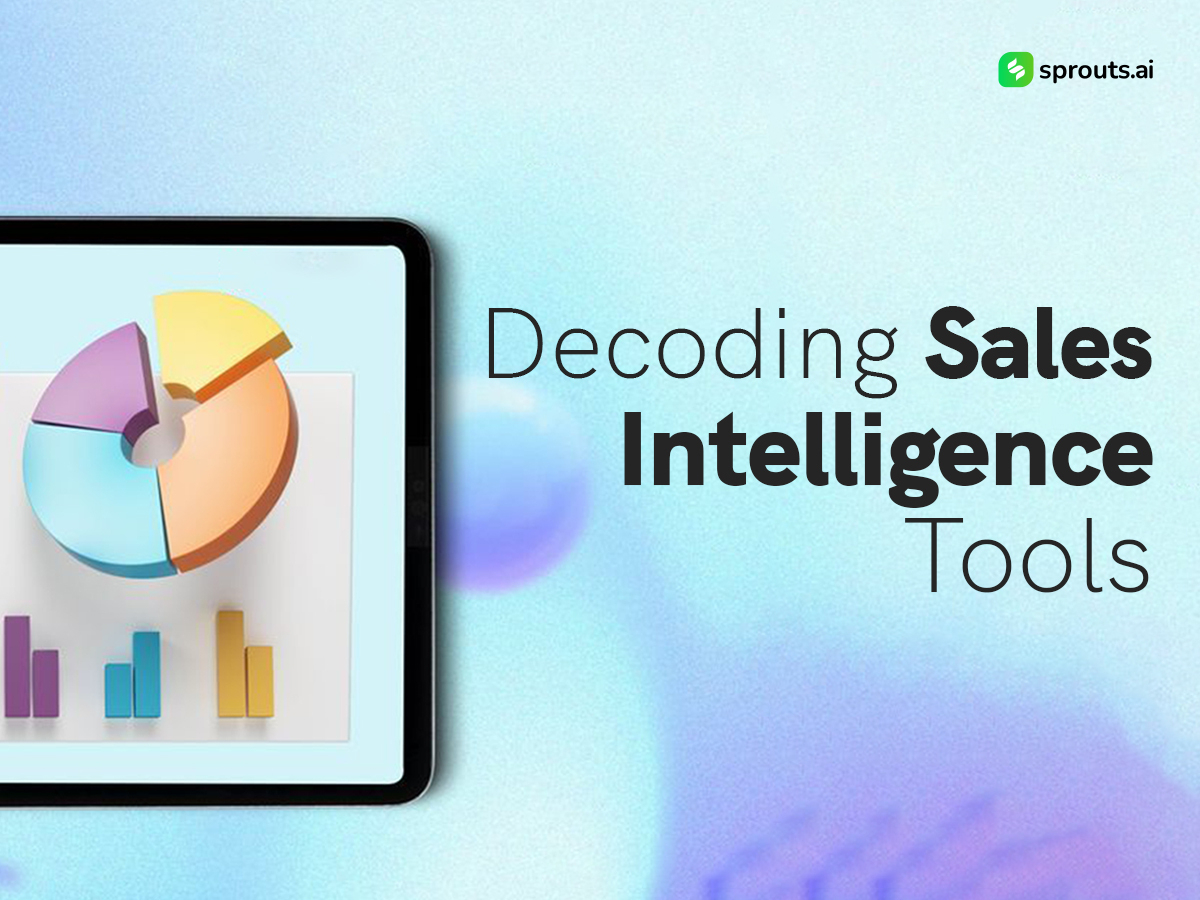In today’s data-driven world, where information is the key to success, businesses look for every possible advantage to stay ahead of the competition. Enter sales intelligence tools – aiding sales teams in gathering customer insights, resulting in increased sales performance. But have you ever wondered how these tools work? Join us as we unravel the secrets of data collection and dive into the specifics of sales intelligence.
Chapter 1: Behind the Curtain
Sales intelligence tools are the behind-the-scenes maestros that gather and analyze data from various sources, providing businesses with invaluable insights. Imagine these tools as a network of highly skilled spies, infiltrating the vast world of information to gather actionable intelligence.
Chapter 2: The Art of Data Collection
These tools employ a myriad of techniques to collect data from diverse sources. One of the primary methods they use is web crawling, akin to spiders spinning their digital webs across the internet. By scanning websites, news articles, blogs, and social media platforms, these tools retrieve valuable information about companies, industries, and individuals.
Chapter 3: Data Aggregation: Piecing Together the Puzzle
Once the data is collected, sales intelligence tools perform the task of aggregation. It’s like assembling a puzzle, where individual pieces of information are meticulously combined to form a coherent picture. By consolidating data from different sources, these tools create comprehensive profiles of companies and individuals, offering a holistic view to sales teams.
Chapter 4: Unmasking the Publicly Available Information
Sales intelligence tools mainly rely on publicly available data to build their treasure troves. They sift through the vast expanse of the internet, extracting information that is openly accessible. From company websites, social media profiles, and public databases to press releases and news articles, these tools uncover valuable insights that aid sales professionals in their interactions with prospects.
Chapter 5: Integrating with CRM Systems
Sales intelligence tools often integrate seamlessly with Customer Relationship Management (CRM) systems, acting as the perfect sidekick to sales teams. By merging their powers, these tools enrich CRM data with additional context, such as firmographic details, social media activity, and news mentions. This integration allows sales teams to supercharge their prospecting efforts and tailor their sales pitches more effectively.
Chapter 6: The Ethical Dilemma: Balancing Privacy and Data Collection
While sales intelligence tools provide an array of benefits, they also raise ethical concerns regarding data privacy. It is crucial for businesses and sales professionals to strike a delicate balance between leveraging data insights and respecting privacy boundaries. Responsible use of these tools entails obtaining data from legitimate sources and adhering to privacy regulations and best practices.
Chapter 7: The Enchanting Art of Predictive Analytics
Sales intelligence tools are not just data gatherers; they possess the power of foresight. Through the art of predictive analytics, these tools analyze historical data, industry trends, and customer behaviors to forecast future outcomes. This predictive power arms sales teams with valuable insights to identify potential leads, optimize sales strategies, and boost overall performance.
Chapter 8: The Human Touch: Unleashing the Power of Sales Intelligence
As captivating as sales intelligence tools may be, they remain tools in the hands of skilled sales professionals. The true magic lies in combining human intuition, creativity, and interpersonal skills with the insights provided by these tools. By integrating the human touch, sales teams can personalize their approaches, build meaningful relationships, and drive remarkable sales outcomes.
The marriage of sales intelligence tools and human expertise is where the real enchantment happens. These tools are not meant to replace sales professionals but to enhance their abilities. By harnessing the power of data-driven insights, sales teams can make informed decisions, identify high-potential leads, and craft tailored strategies that resonate with their prospects.
If you are interested in adopting an AI-powered sales intelligence platform that offers centralized access to multiple databases, quick and efficient identification of advanced ICP variables, sales prospecting, outreach facilities, and much more – check out Sprouts!

